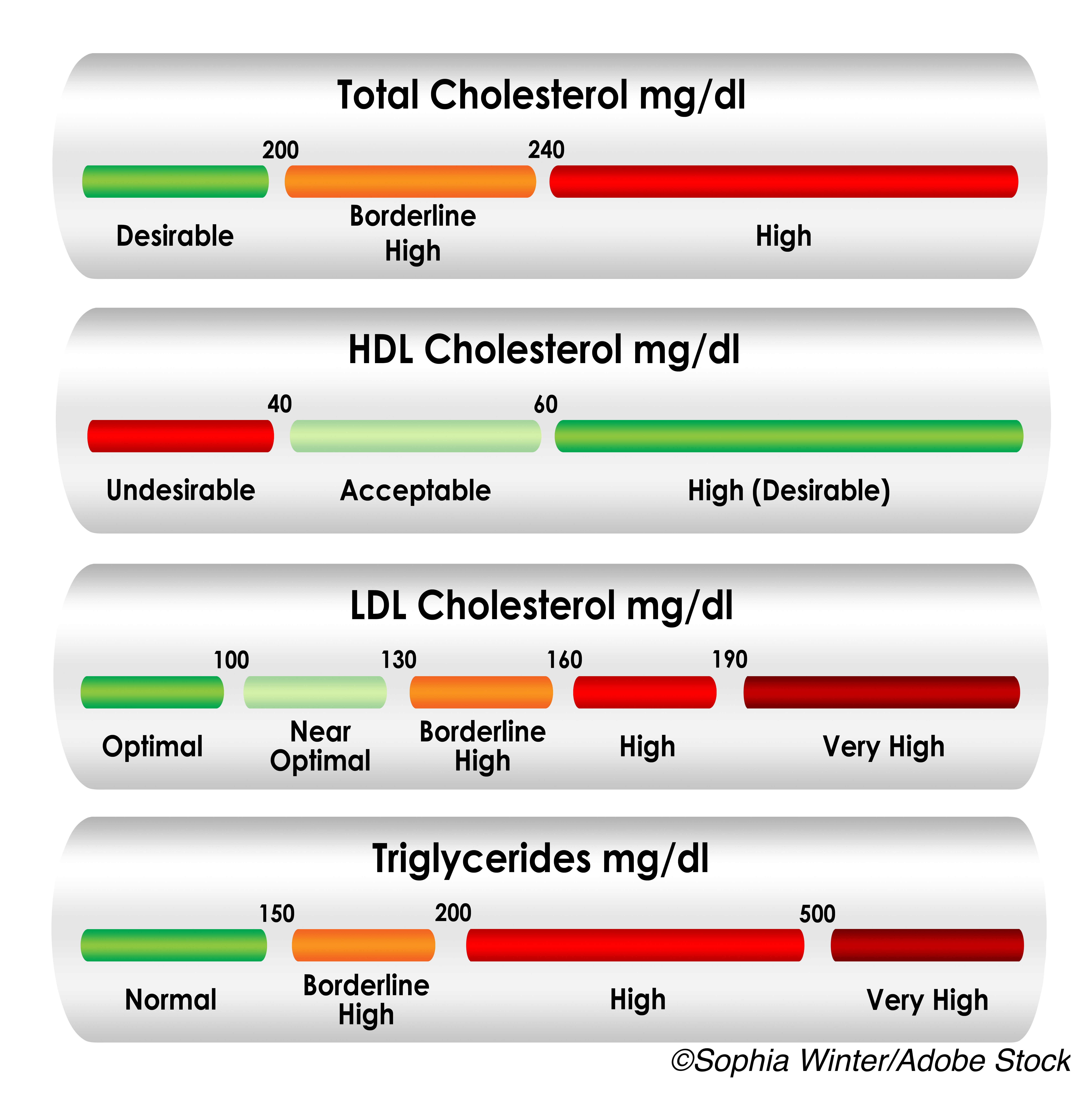Adding HDL anti-inflammatory capacity to Framingham risk scores can better predict patient risks for cardiovascular events, according to results from the Prevention of Renal and Vascular End Stage Disease (PREVEND) study.
PREVEND researchers found that HDL anti-inflammatory capacity was associated with the incidence of CVD events in the general population, and this was independent of several established CV biomarkers, including HDL cholesterol and high-sensitivity C-reactive protein (hsCRP).
They defined HDL anti-inflammatory capacity as the ability to suppress tumor necrosis factor α (TNFα)-induced vascular cell adhesion molecule-1 (VCAM-1) mRNA expression in endothelial cells in vitro, and concluded that — in light of their results — it may be a new target for improving the risk of cardiovascular disease (CVD), and published their results in Circulation.
“Given that another key biological role of HDL is protection against inflammation, and given the inflammatory nature of the atherosclerotic process, anti-inflammatory properties of HDL might have particularly high clinical significance,” wrote Congzhuo Jia, MD, of the University Medical Center Groningen, Groningen, The Netherlands, and Karolinska Institutet, Stockholm, Sweden. “In agreement with this hypothesis, a small study in patients who experienced acute myocardial infarction showed that a lower anti-inflammatory capacity of HDL relates to a higher incidence of new major cardiac events. Whether a similar prospective association exists in the general population is not currently known.”
For their nested, case-control PREVEND study, Jia and colleagues included 340 patients who had experienced a first cardiovascular event, defined as a combined end point of death from cardiovascular causes, ischemic heart disease, nonfatal myocardial infarction, and coronary revascularization, over a median of 10.5 years of follow-up, with 340 age-, sex-, smoking status-, and HDL cholesterol-matched controls.
Mean age in both cases and controls was approximately 59 years, and 70% of participants in each group were men.
Compared with controls, patients who were classified as cases had a significantly higher incidence of hypertension, diabetes, used more lipid-lowering drugs, and had higher hsCRP, total cholesterol, low-density lipoprotein cholesterol, triglyceride, and apoB levels. Cases also had significantly lower cholesterol efflux capacity, while HDL cholesterol and apoA1 concentrations were similar.
Also significant, noted Jia and colleagues, was that HDL anti-inflammatory capacity was significantly lower in cases, despite the fact that HDL cholesterol levels were similar in cases and controls (31.6% versus 27.0%, respectively; P˂0.001).
In patients experiencing a first event, HDL anti-inflammatory capacity was significantly lower compared with controls (31.6% versus 27.0%; P˂0.001). In addition, HDL anti-inflammatory capacity was inversely associated with incident CVD in a fully adjusted model (OR per 1 SD: 0.74; P=0.002), and this association was similar in all defining component of the CVD endpoint.
HDL anti-inflammatory capacity was not related to cholesterol efflux capacity (r=−0.02; P>0.05), but when Jia and colleagues combined HDL anti-inflammatory capacity and cholesterol efflux capacity, they found that both were independently and significantly associated with incident CVD in a fully adjusted model (OR per SD: 0.66; P˂0.001 and OR per 1 SD: 0.74; P=0.002, respectively).
The addition of HDL anti-inflammatory capacity improved risk prediction.
“When adding anti-inflammatory capacity to the well-established Framingham risk score, the model likelihood ratio statistic increases from 10.50 to 20.40. A significant likelihood-ratio test (P=0.002) indicated a statistically significant greater predictive power. With the further addition of cholesterol efflux capacity, the model likelihood-ratio statistic again increased to 32.84, with a significant likelihood-ratio test (P=0.0005),” noted Jia et al.
Associations of HDL anti-inflammatory capacity with CVD, however, were different for men and women (P for interaction=0.008), and for those with high versus low BMI (P for interaction=0.003) and high versus low triglyceride levels (P for interaction˂0.001).
In conclusion, Jia ad colleagues wrote: “[W]e found that either adding HDL anti-inflammatory capacity to the Framingham risk score or substituting HDL cholesterol for this functional metric in the Framingham risk score significantly improved risk prediction. It is notable that the association of the HDL anti-inflammatory capacity with incident CVD was also independent of HDL cholesterol efflux capacity.”
Study limitations include that patients were White with a narrow genetic background, the exclusion of stroke as an endpoint, the case-control design, the non-standardization of HDL function assays and HDL isolation, and the effects of ultracentrifugation.
-
The anti-inflammatory capacity of high-density lipoprotein (HDL) is associated with incident cardiovascular disease events in the general population.
-
Adding HDL anti-inflammatory capacity to the Framingham risk score or replacing HDL cholesterol with this functional metric of HDL particles improves risk prediction.
Liz Meszaros, Deputy Managing Editor, BreakingMED™
This study was funded by the Netherlands Organization for Scientific Research and the Swedish Heart-Lung Foundation.
Jia reported no disclosures.
Cat ID: 914
Topic ID: 74,914,730,914,192,925



